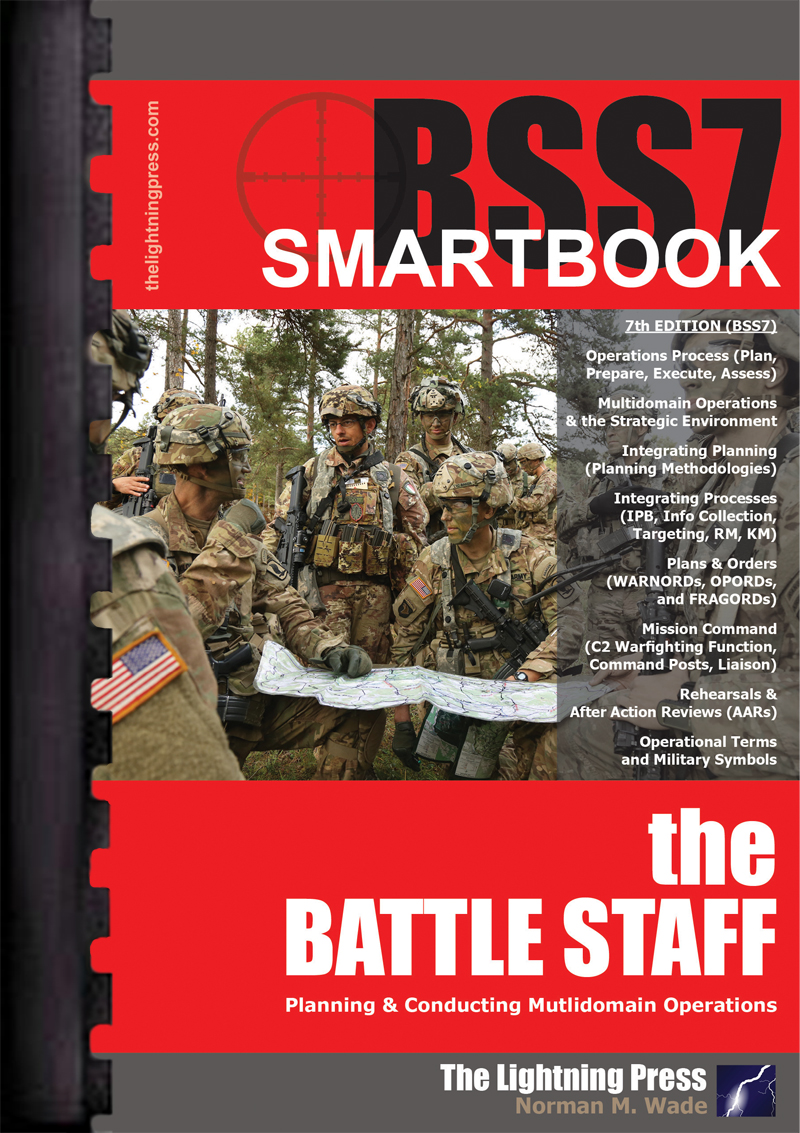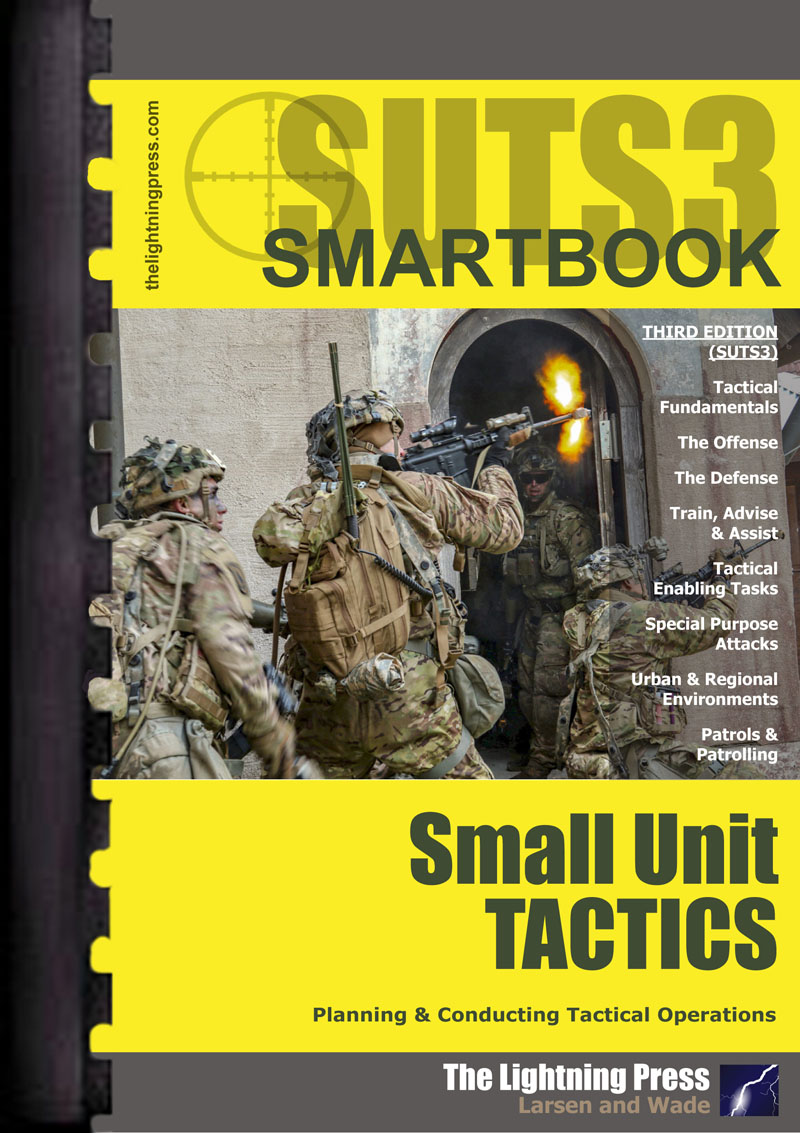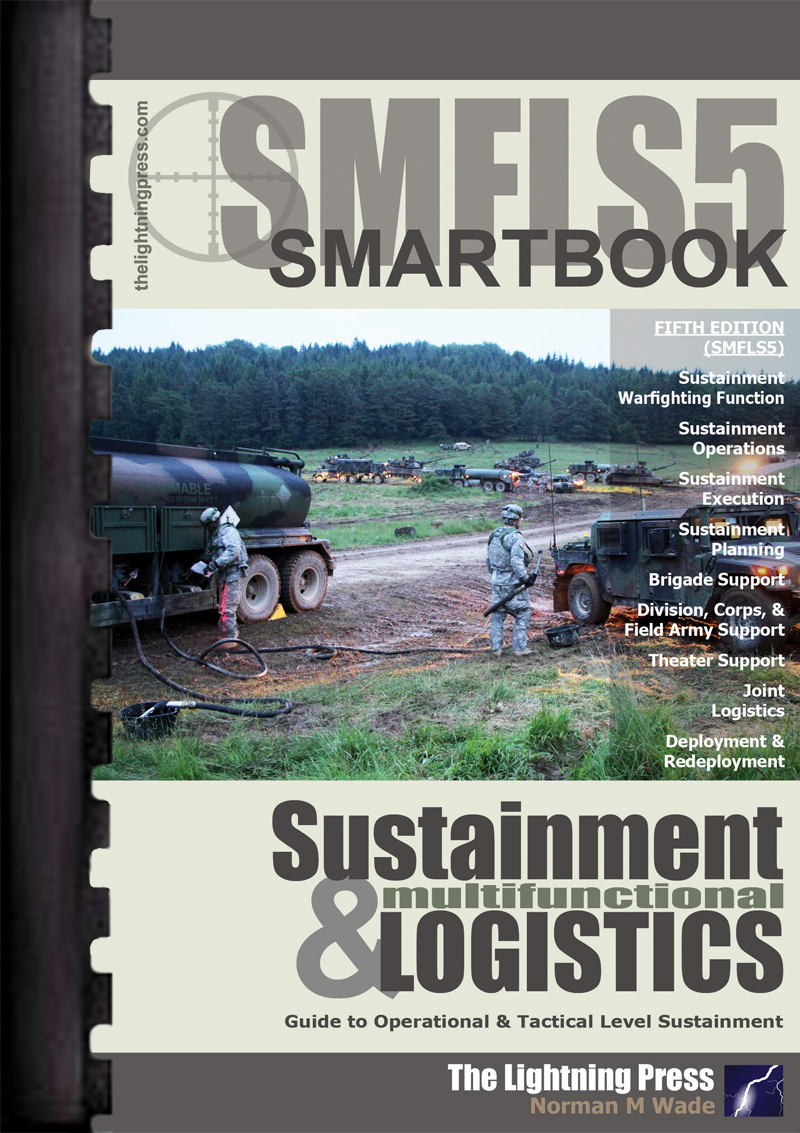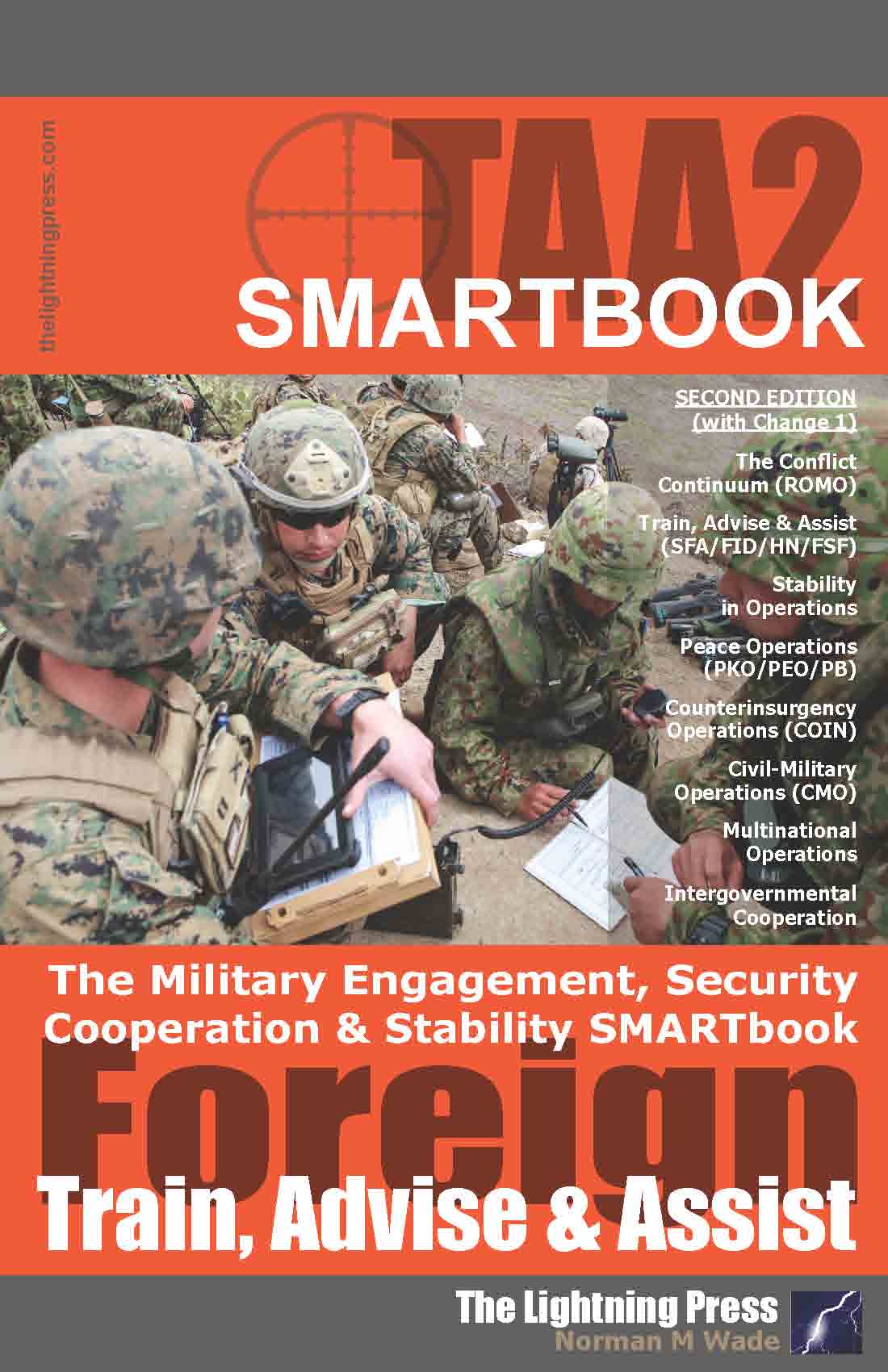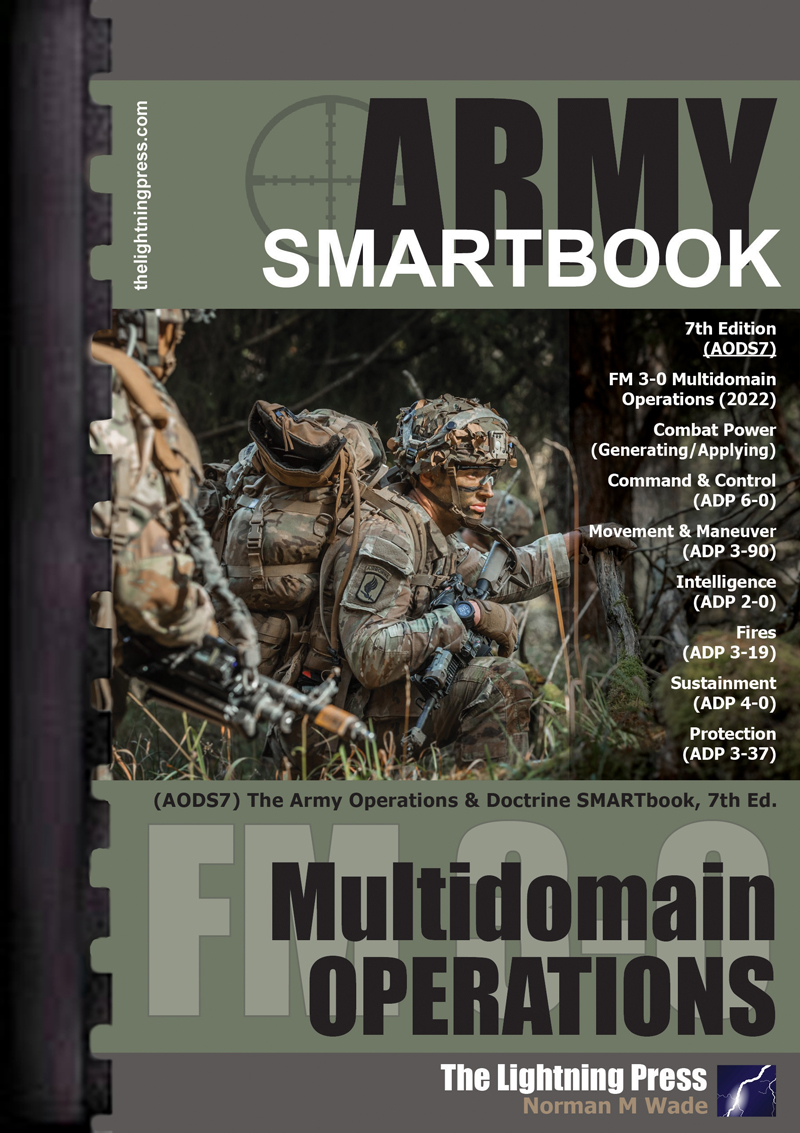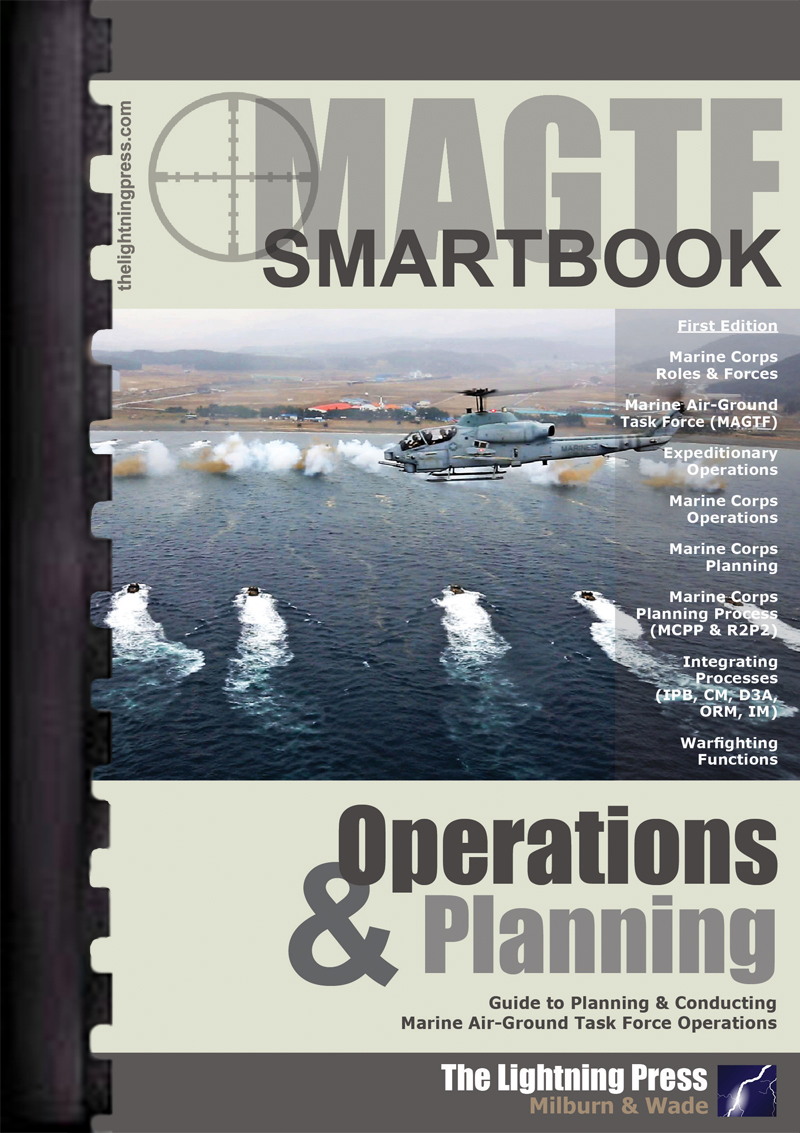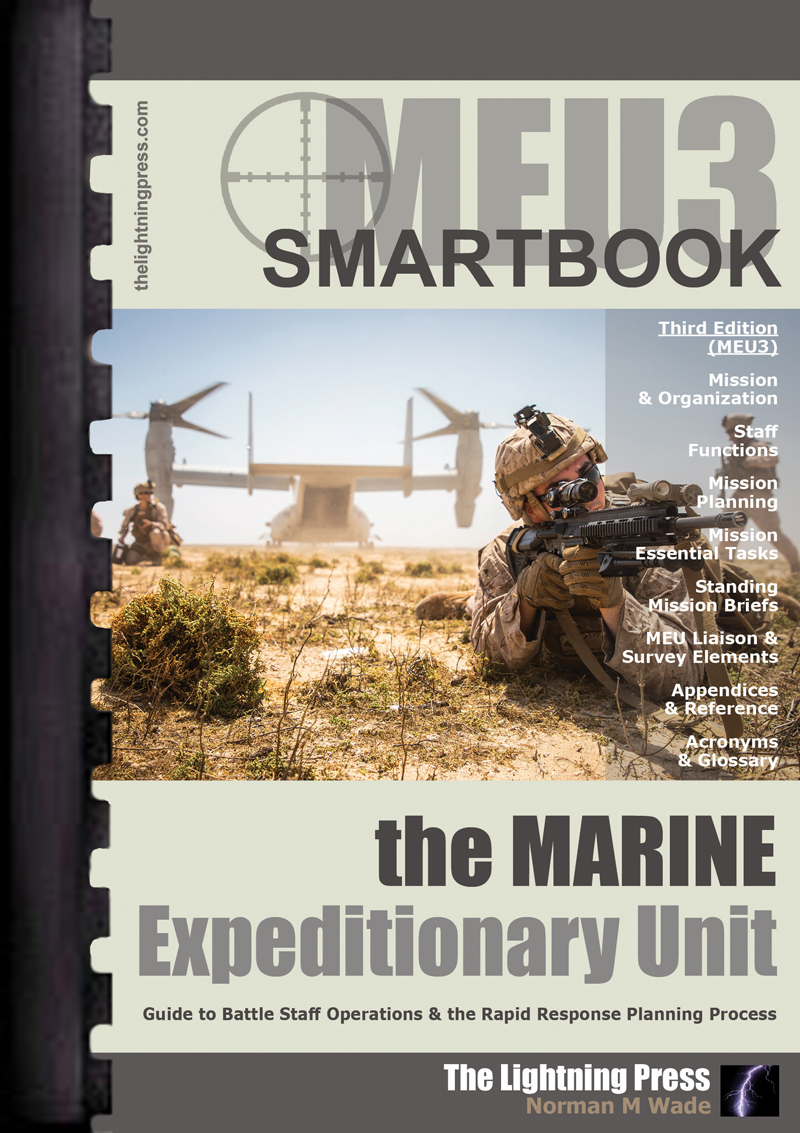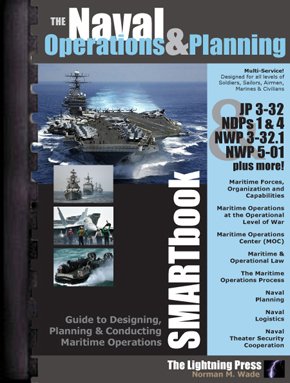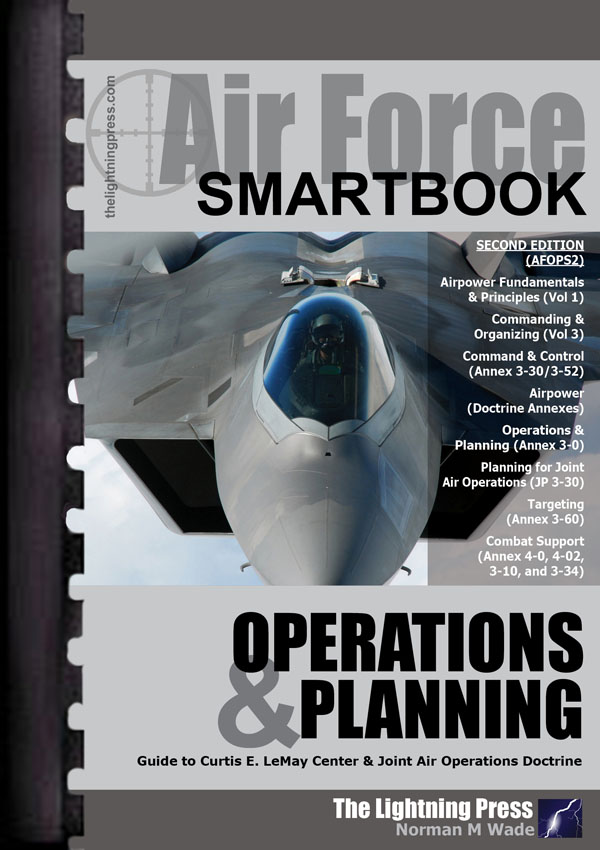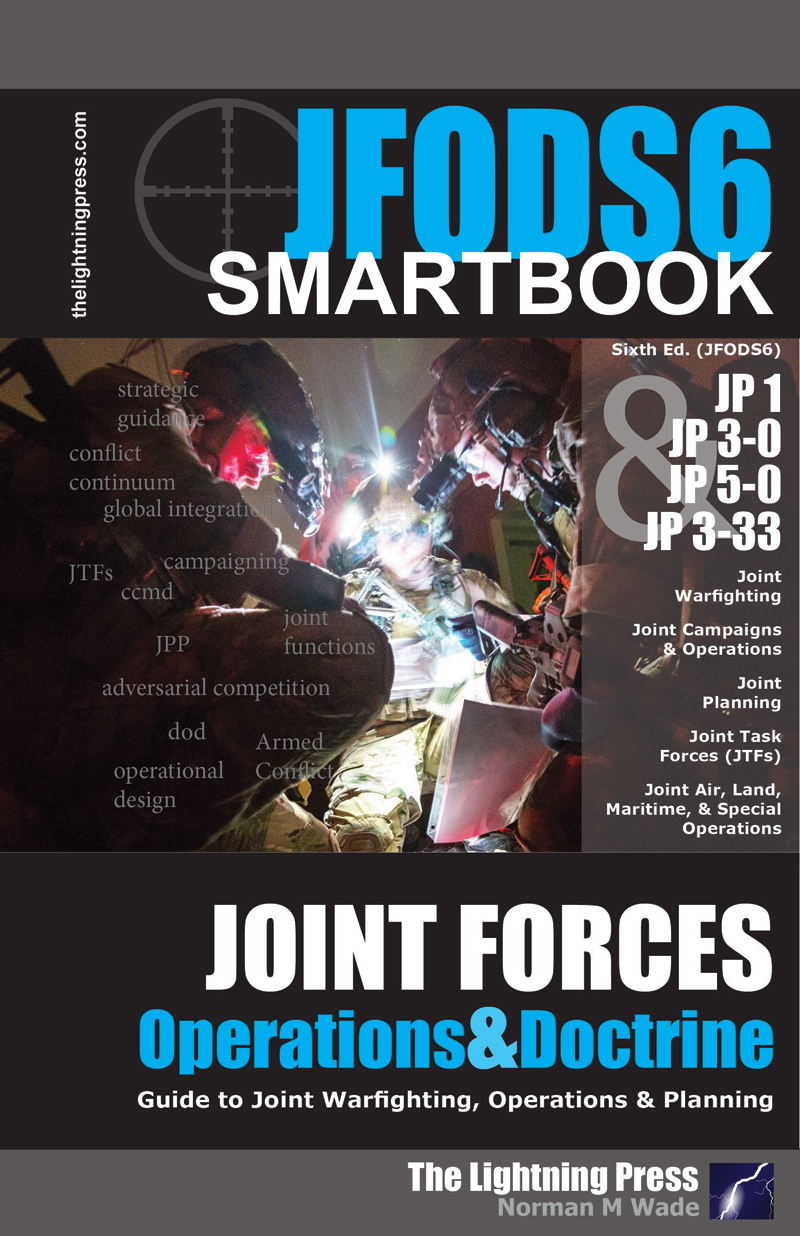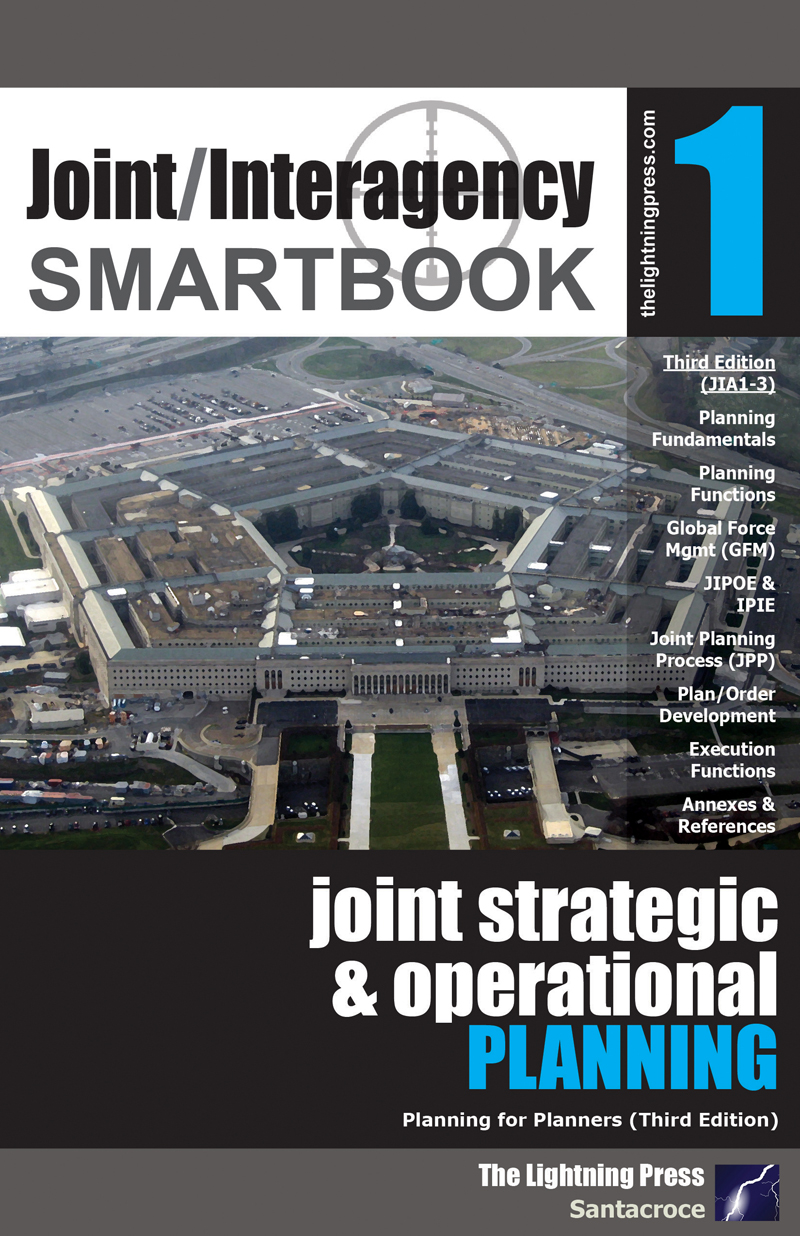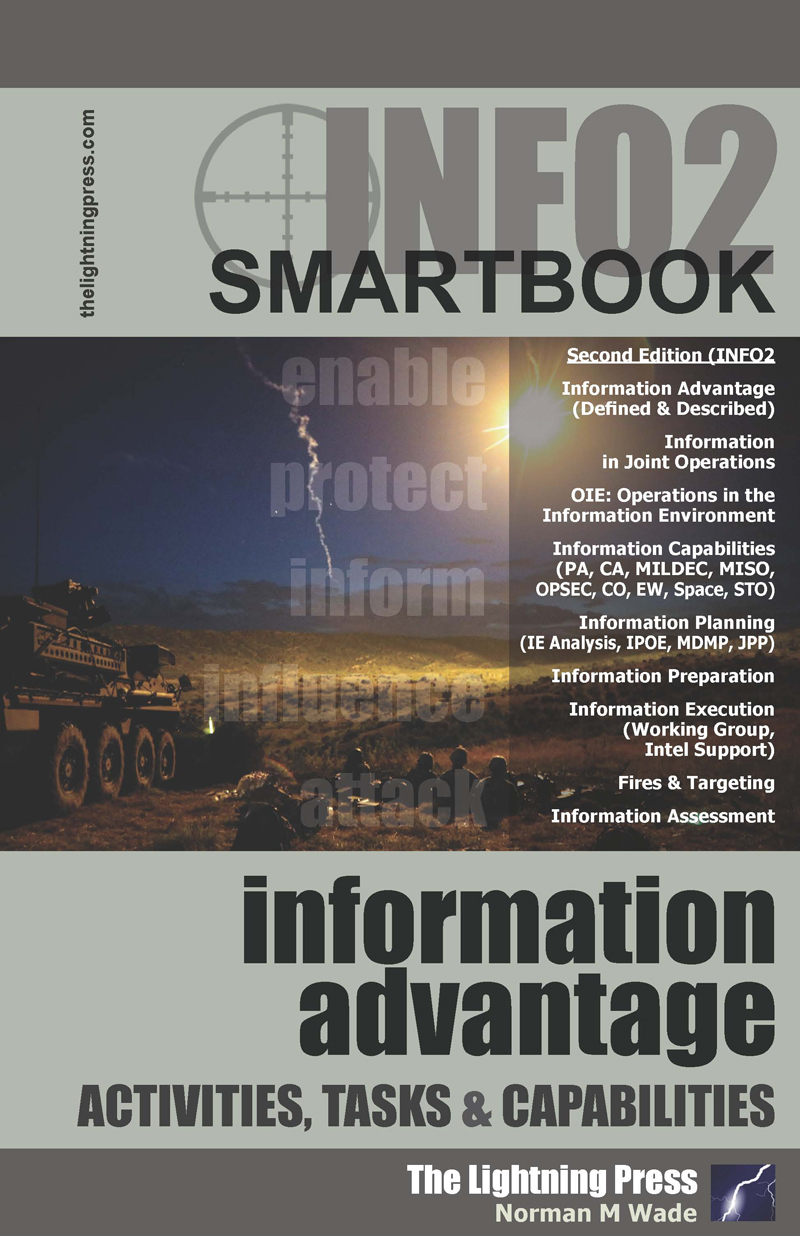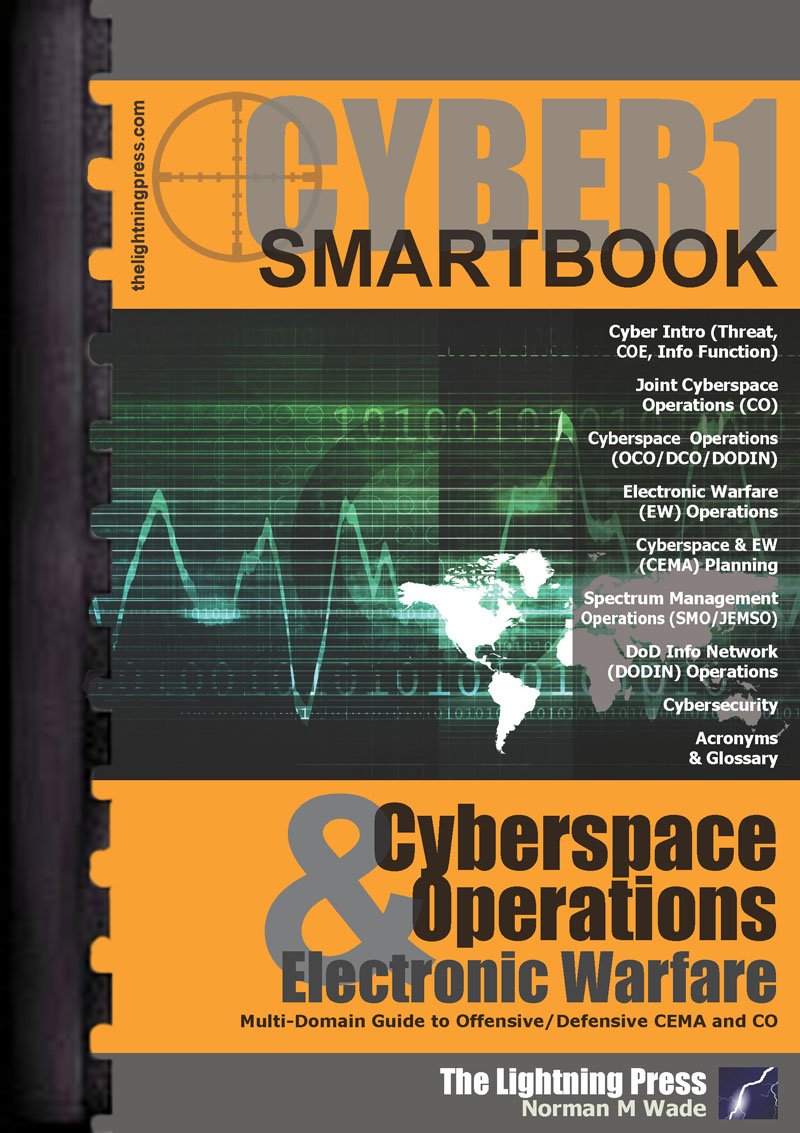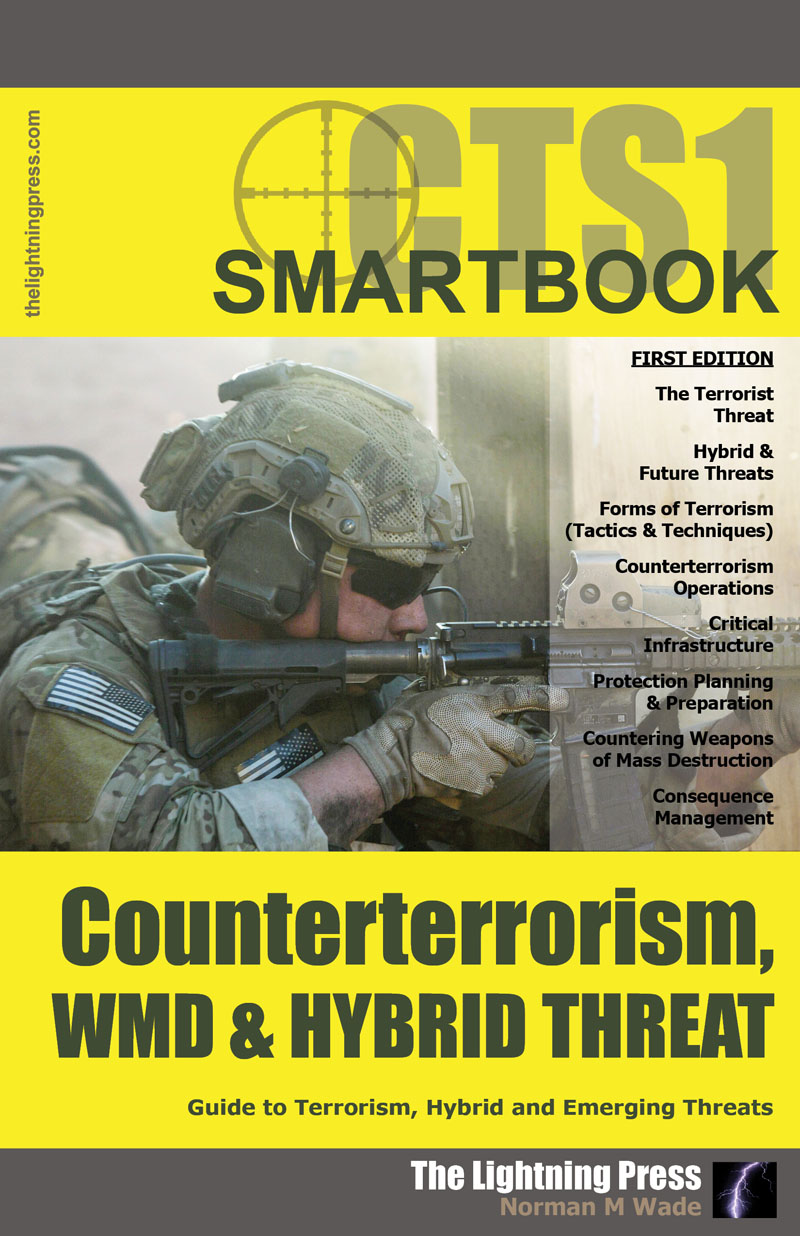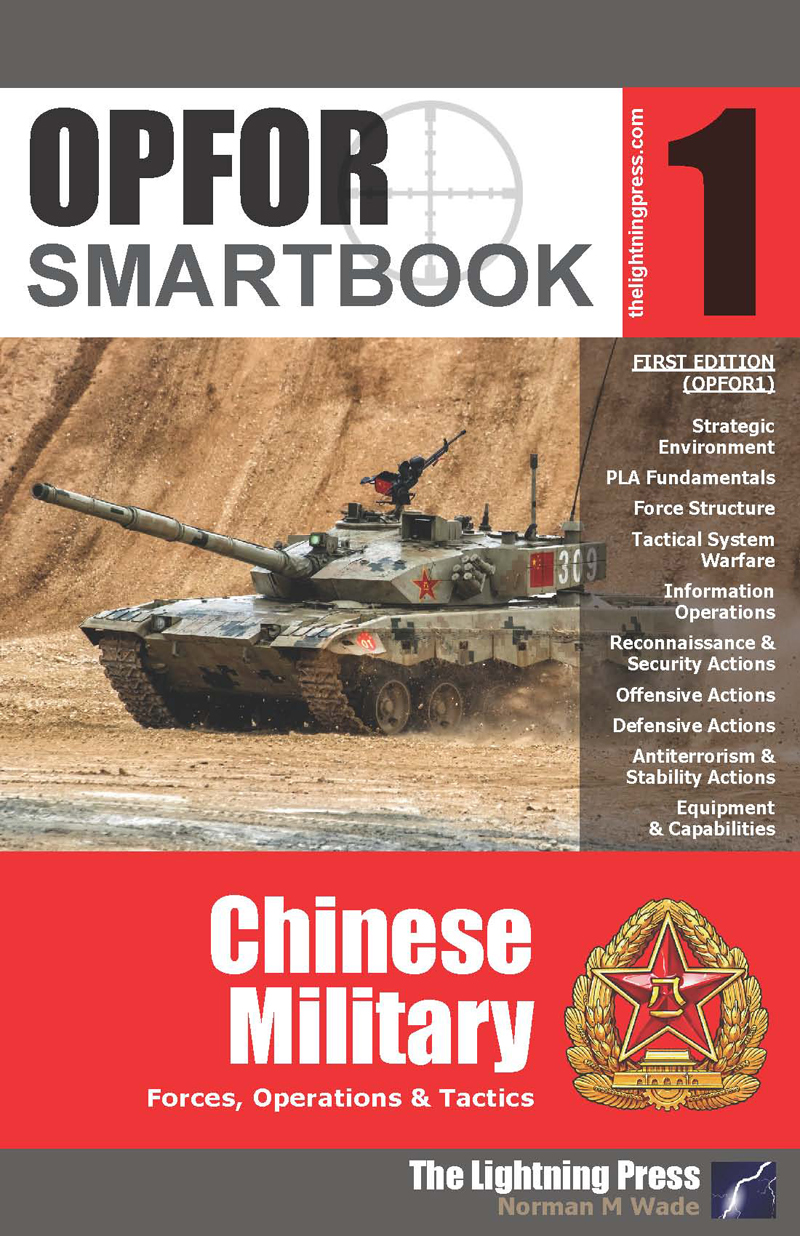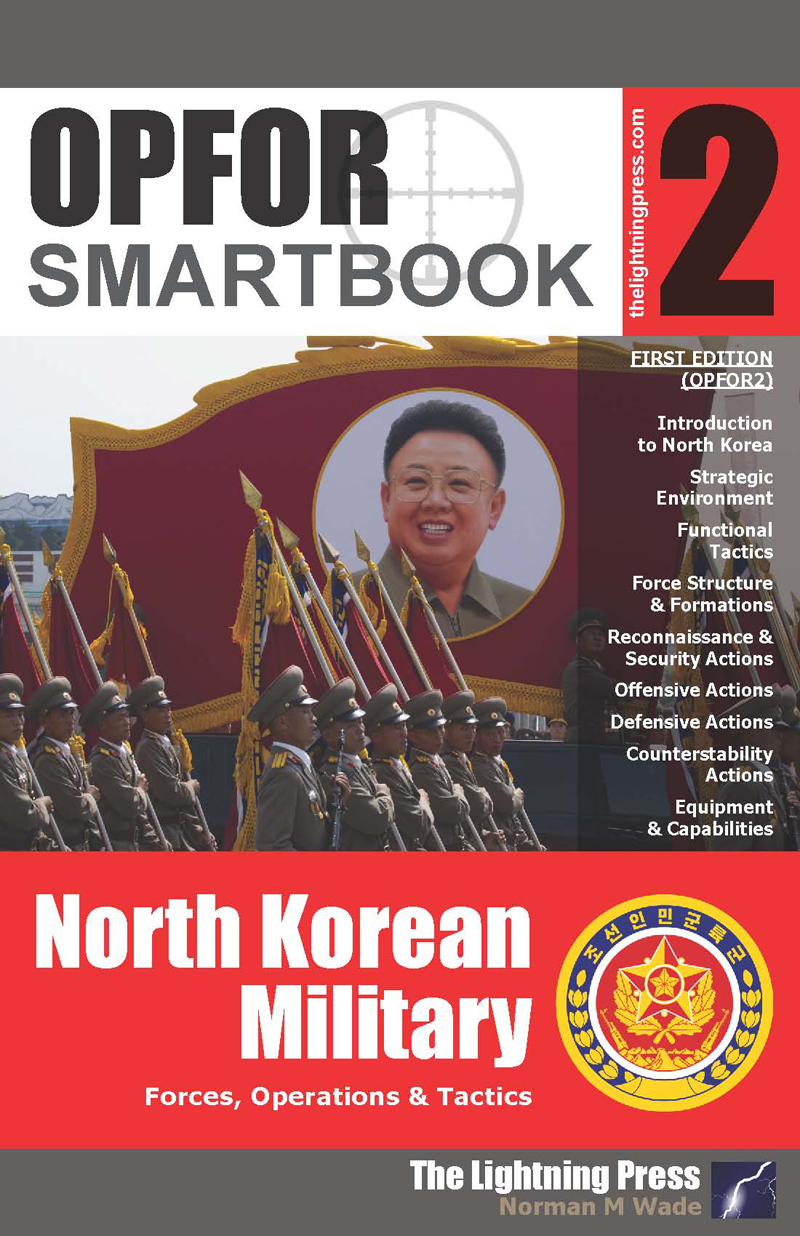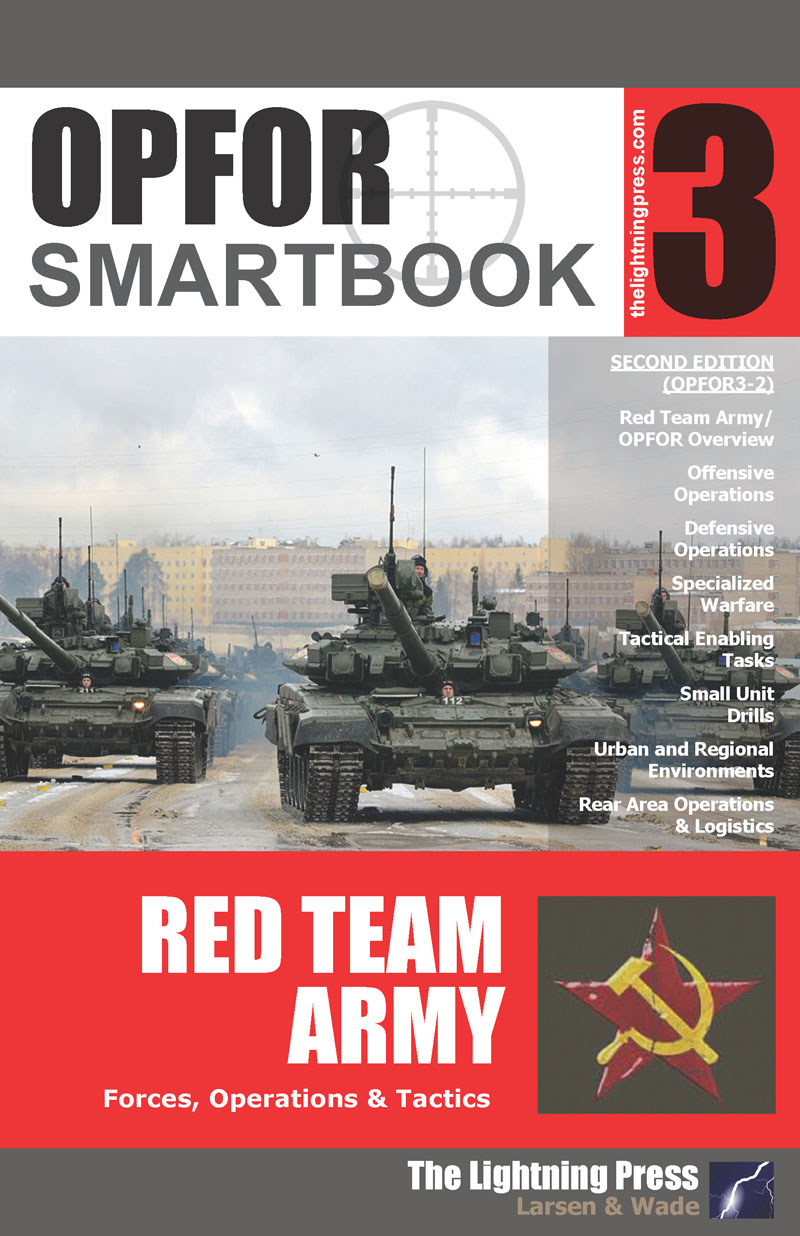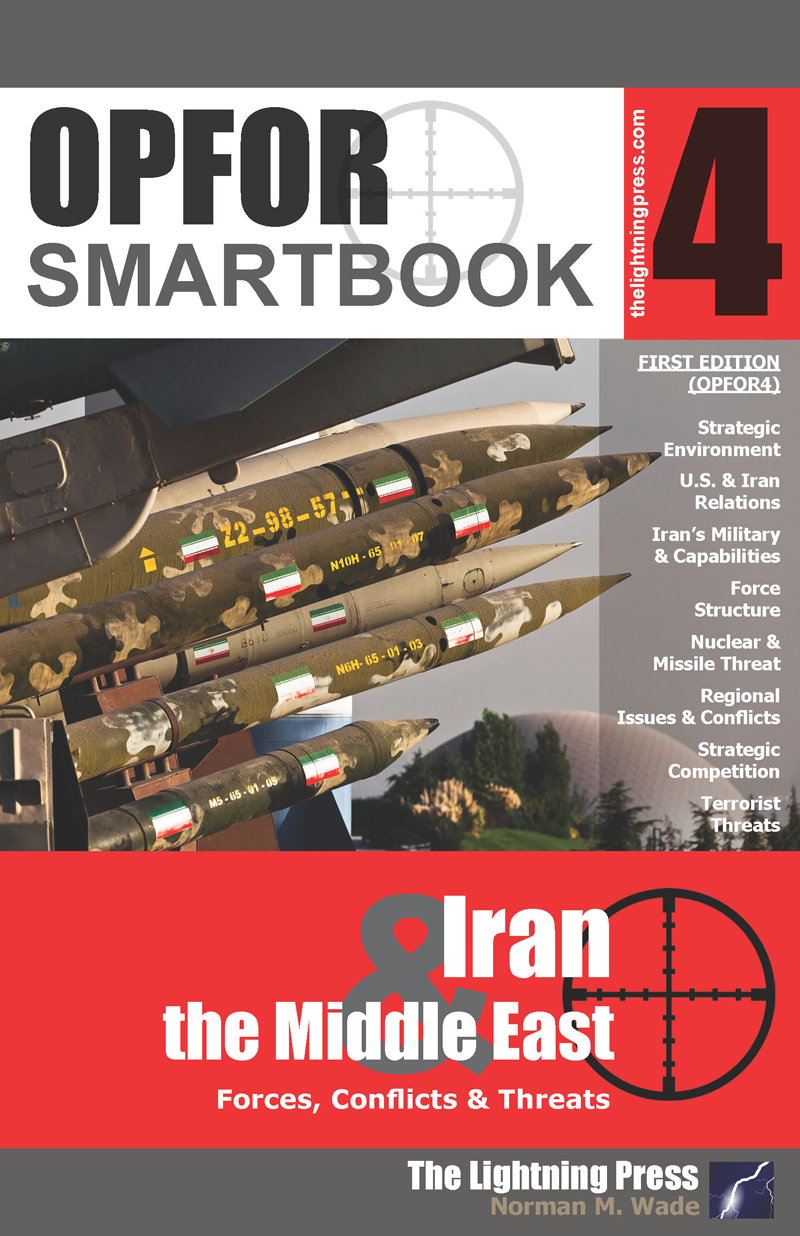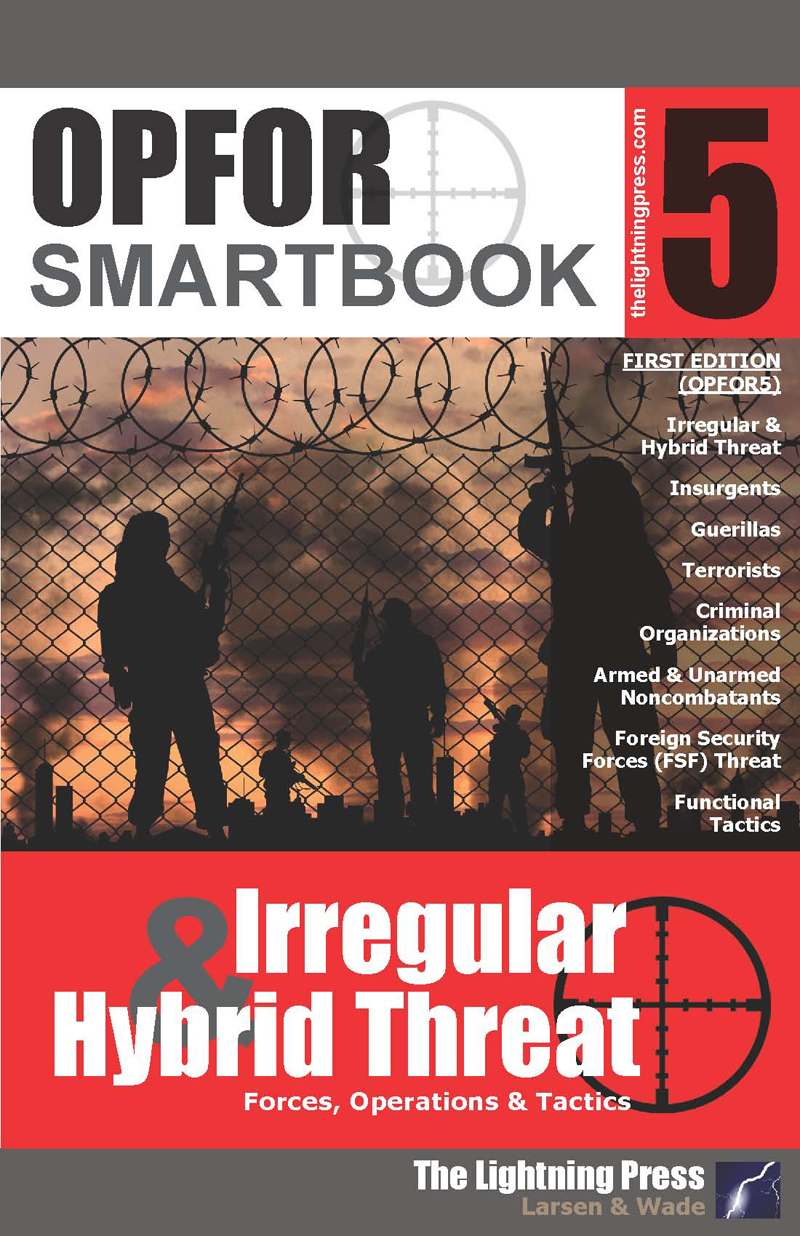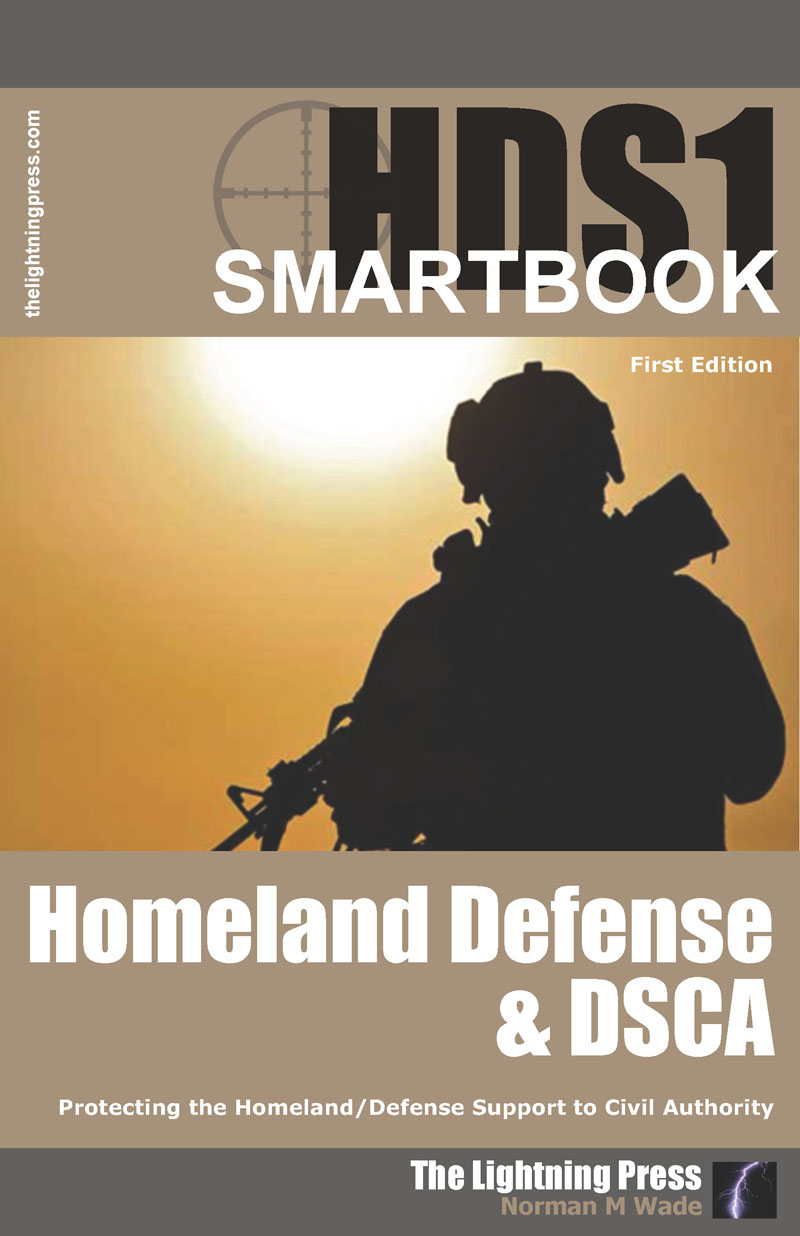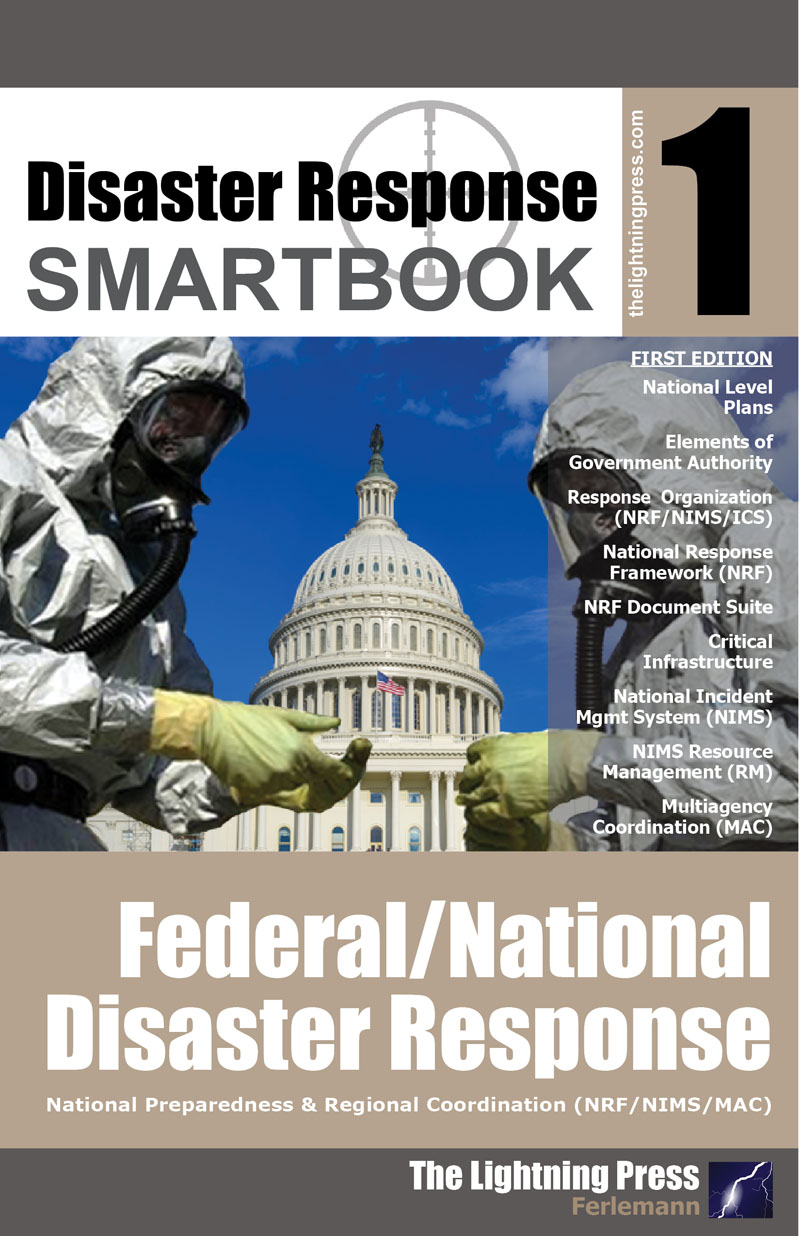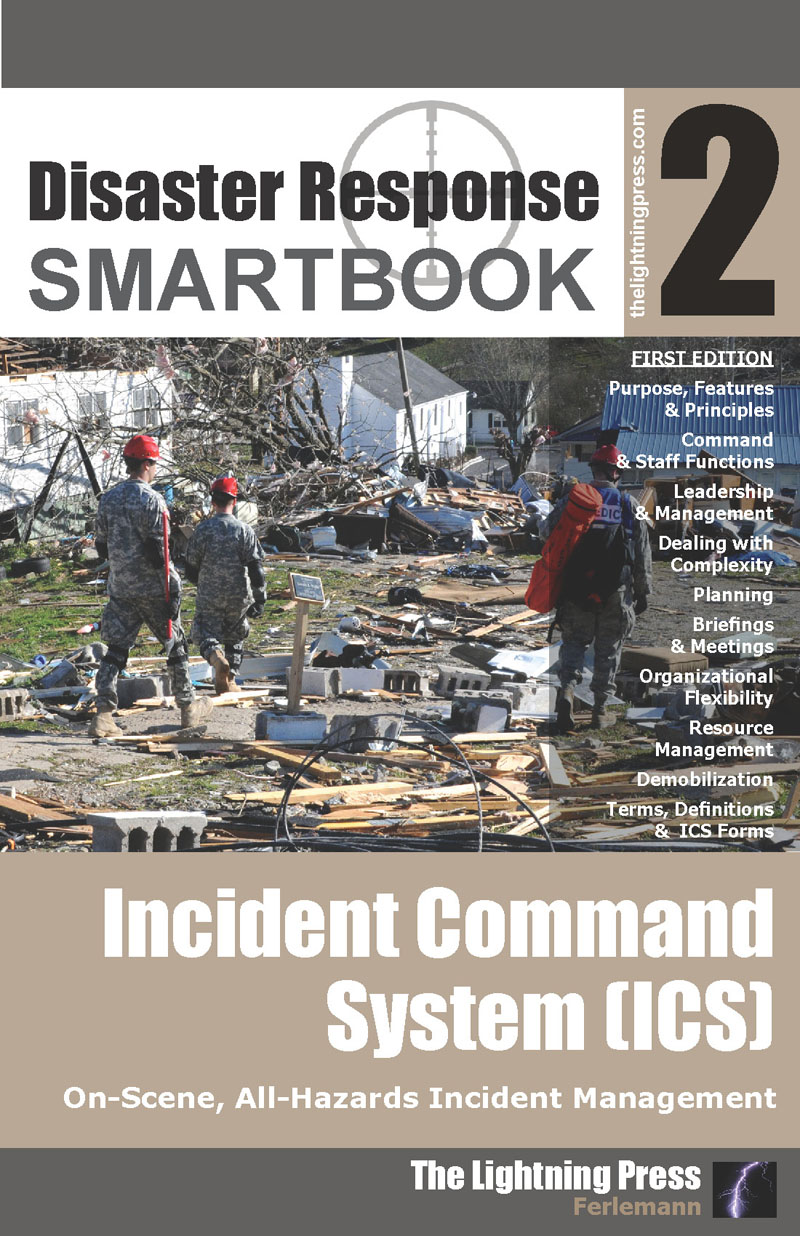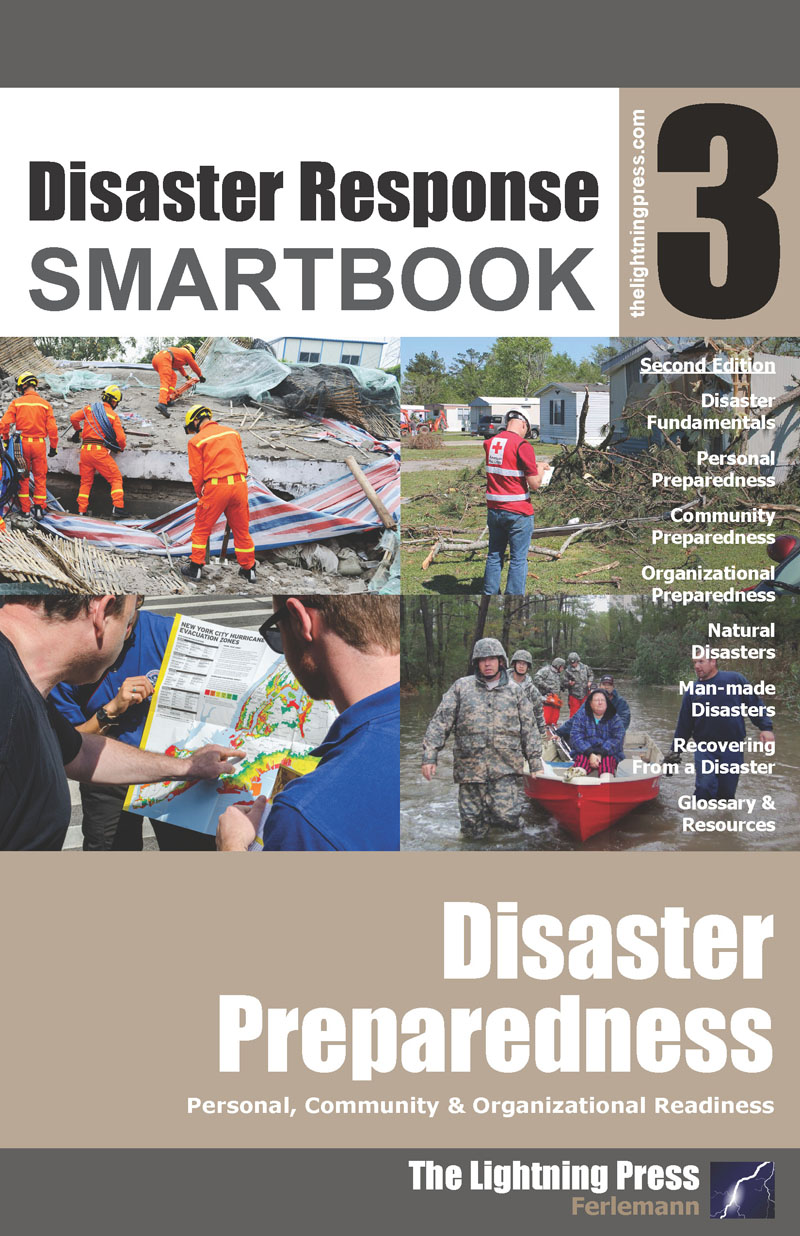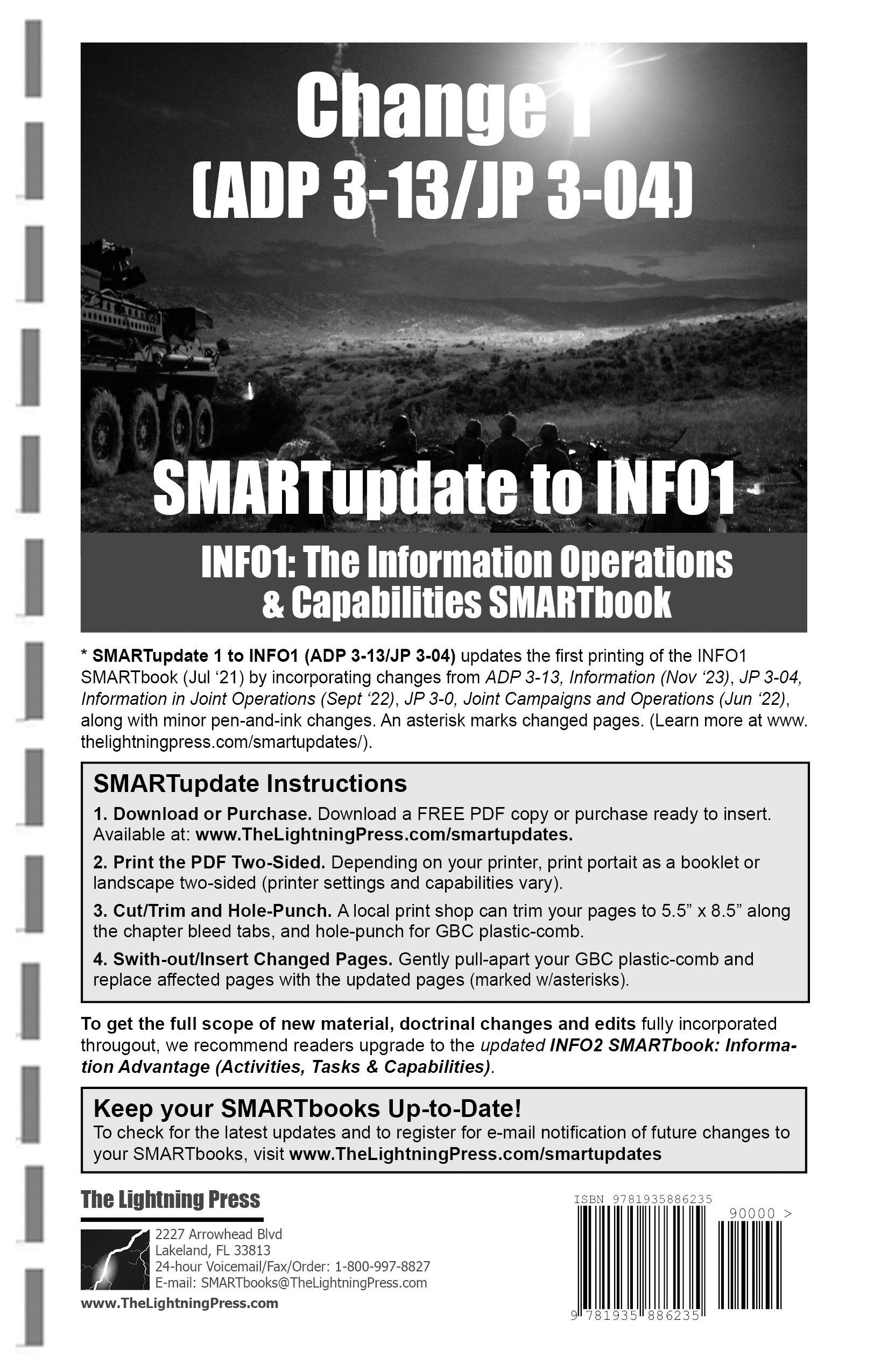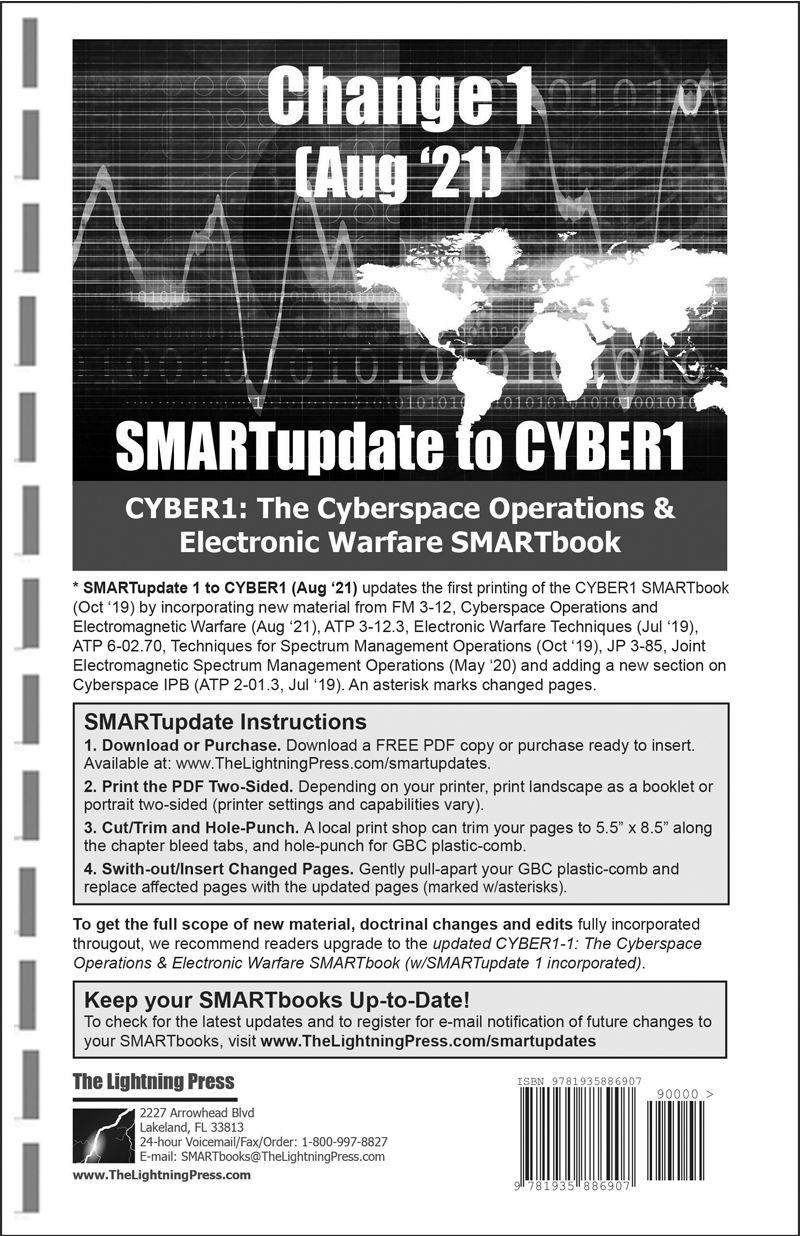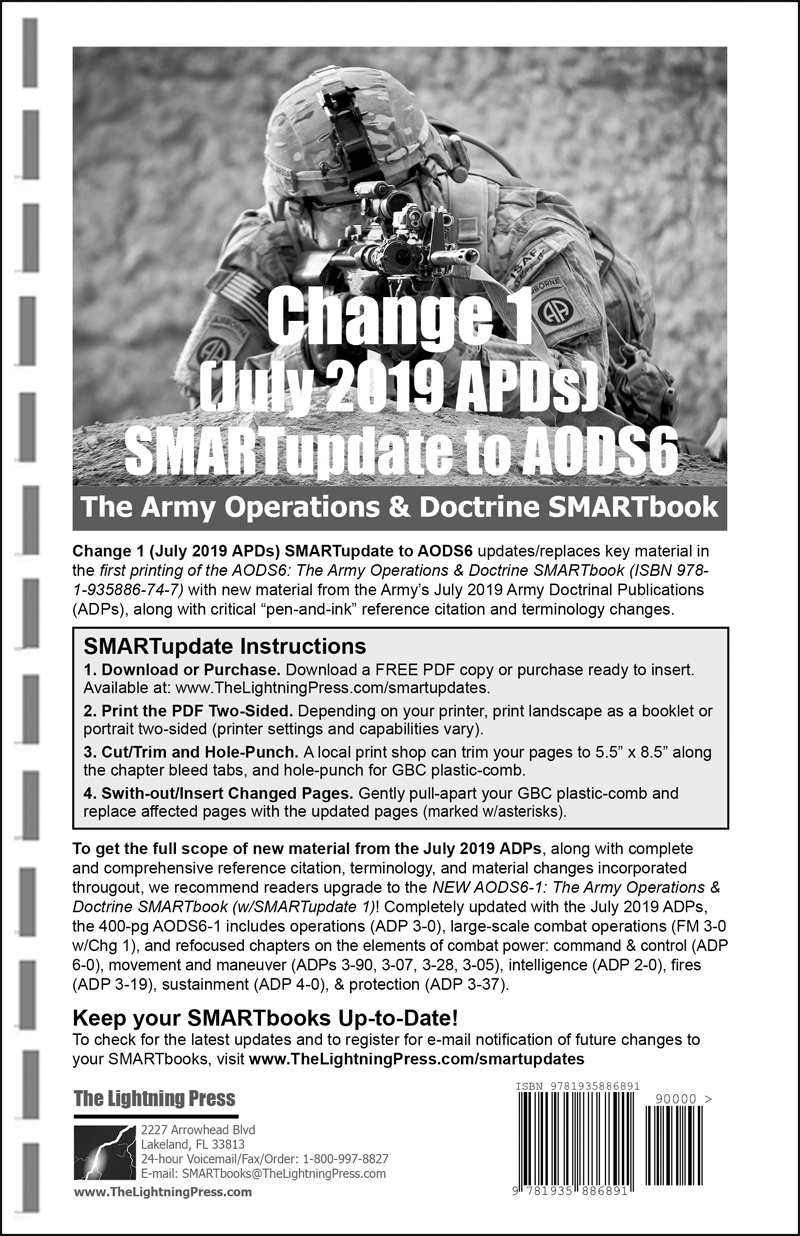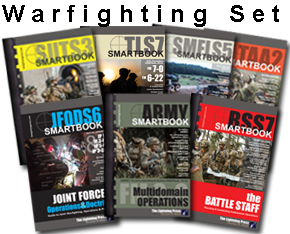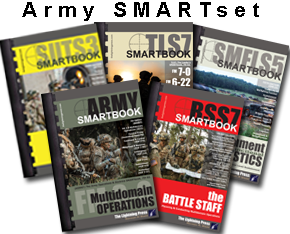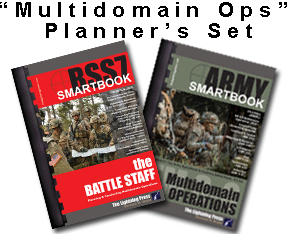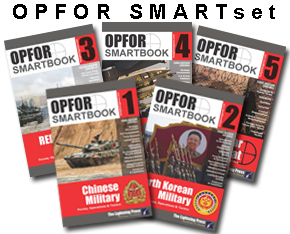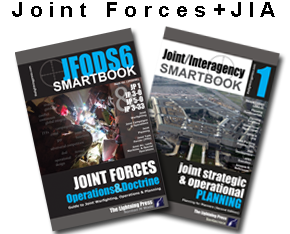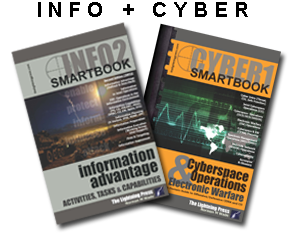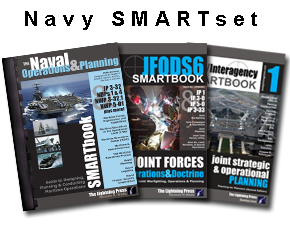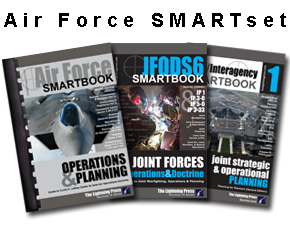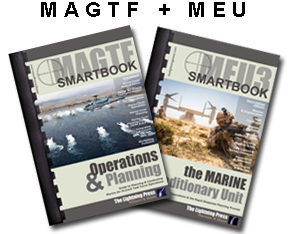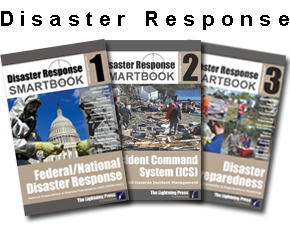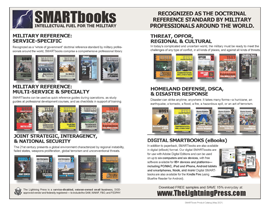Leadership is the activity of influencing people by providing purpose, direction, and motivation to accomplish the mission and improve the organization. Leadership as an element of combat power, coupled with information, unifies the warfighting functions (movement and maneuver, intelligence, fires, sustainment, protection and command and control). Leadership focuses and synchronizes organizations. Leaders inspire people to become energized and motivated to achieve desired outcomes. An Army leader is anyone who by virtue of assumed role or assigned responsibility inspires and influences people by providing purpose, direction, and motivation to accomplish the mission and improve the organization.
The Army experience over more than two centuries is that most people have leadership potential and can learn to be effective leaders. The ability to influence others is a central component of leadership. As a result, leader development has long been an Army priority. This development begins with education, training, and experience, and requires understanding about what Army leaders do and why

War is a lethal clash of wills and an inherently human endeavor that requires perseverance, sacrifice, and tenacity. The United States Army’s primary reason for existence is to deploy, fight,and win the Nation’s wars by providing ready, prompt, and sustained land dominance by Army forces across the range of military operations as part of the joint force. Enduring the physical hardship, danger, and uncertainty of combat requires an Army that is professionally committed and guided by an ethic that motivates and guides its forces in the conduct of missions, performance of duty, and all aspects of life.
Providing the purpose, direction, and motivation required to inspire others to risk their lives to accomplish missions requires leaders committed to their profession and ethic. To prepare Army leaders to fulfill their responsibilities, the Army profession develops Soldiers and Army civilians who demonstrate character, competence, and commitment through career-long training, education, and experience.
Influencing
Influencing is persuading people do what is necessary. Influencing entails more than simply passing along orders. Through words and personal example, leaders inspire purpose, provide direction, and when required motivation.
Purpose
Leaders provide clear purpose for their subordinates. Purpose gives subordinates a reason to achieve a desired outcome. Leaders convey purpose through direct means such as requests, directives, or orders. Leaders inspire subordinates to do their best by instilling a higher purpose that rises above self-interest. They explain why something should or must be done and provide context whenever possible. Subordinates who understand why they are doing something difficult and discern the higher purpose are more likely to do the right thing when leaders are not present to direct their every action.
Direction
Direction is telling others what to do. Providing effective direction requires that leaders communicate the desired end state for the direction they provide. To accomplish a mission, leaders prioritize tasks, assign responsibility, supervise, and ensure subordinates perform to standard. They ensure subordinates clearly understand their guidance, while allowing subordinates the opportunity to demonstrate initiative within the overall commander’s intent. Providing clear direction allows subordinate initiative to adapt their tasks within the commander’s intent when circumstances change.
The Army requires leaders who provide direction and subordinates who can execute without the need for continuous guidance. The Army needs leaders who understand, train, and employ mission command during the course of their duties. Mission command is the Army’s approach to command and control that empowers subordinate decision making and decentralized execution appropriate to the situation (ADP 6-0). Mission command recognizes that no single person in an organization or unit can make every important decision at every critical moment, nor can a single person keep up with the number of simultaneous decisions organizations require during combat or other time-constrained environments.
Motivation
Motivation is the will and initiative to do what is necessary to accomplish a mission. While motivation comes from within, others’ actions and words affect it. A leader’s role in motivation is at times to understand others’ needs and desires, to align and elevate individual desires into team goals, and to inspire others to accomplish those larger goals, even if it means risking their lives. At other times, such as time constrained or dangerous situations, the leader gets subordinates to do things quickly and explain the reasons why later.
Indirect approaches to motivation can be as successful as direct approaches. Setting a personal example can sustain the drive in others. This becomes apparent when leaders share hardship and risk with subordinates. Leaders who personally share hardship and risk demonstrate to subordinates that they are invested in the outcome and willing and able to do what they ask subordinates to do. Indirect approaches such as these build confidence about the judgment, commitment, and attitude of the leader.
How leaders motivate others matters. There are practices that are always positive, while others are good or bad depending on the context of the situation. There are those who can inspire others to act because they respect the leader’s judgment, respect that the leader earned. Earning this type of personal respect takes time, so leaders may need to motivate others initially based upon the authorities and respect inherent in their duty position. In either case, leaders should be judicious about using pressure or threat of punishment when motivating others, because doing so too often or when unnecessary breeds resentment and low morale. Aspiring leaders observe many different methods others use to motivate subordinates, and should remember and practice those that were most effective while avoiding those that negatively affected an organization.
Leadership Requirements Model
The leadership requirements model is grounded in historical experience and determinations of what works best for the Army. Army research supports the model’s completeness and validity. The model identifies core competencies and attributes applicable to all types and echelons of Army organizations. The model conveys expectations and establishes the capabilities needed of all Army leaders regardless of rank, grade, uniform, or attire. Collectively, the leadership requirements model is a significant contributor to individual and unit readiness and effectiveness.
The model’s components center on what a leader is (attributes—BE and KNOW) and what a leader does (competencies—DO). A leader’s character, presence, and intellect enable them to apply the core leader competencies and enhance their proficiency. Leaders who gain expertise through operational assignments, institutional learning, and self-development will be versatile enough to adapt to most situations and grow into greater responsibilities.
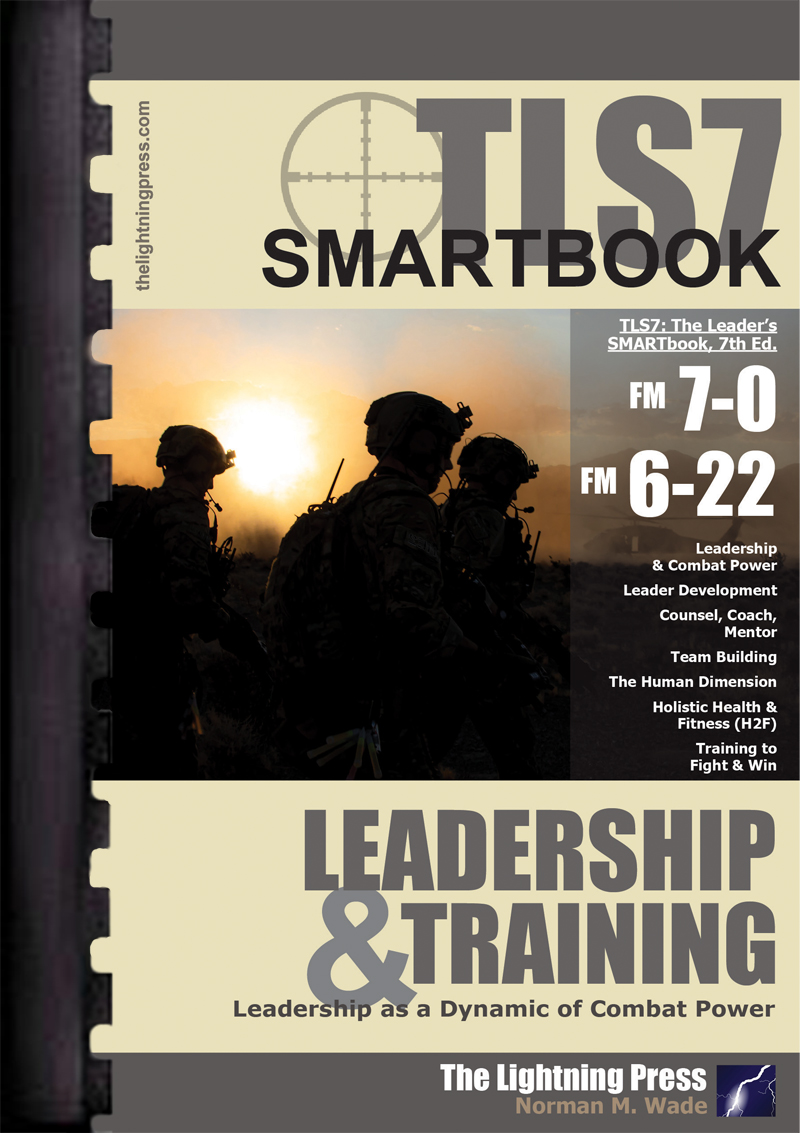 This article is an extract from "TLS7: The Leader’s SMARTbook, 7th Ed. (Leadership as a Dynamic of Combat Power)" by The Lightning Press. Download a free PDF sample and learn more at: TLS7: The Leader’s SMARTbook, 7th Ed. (Leadership as a Dynamic of Combat Power).
This article is an extract from "TLS7: The Leader’s SMARTbook, 7th Ed. (Leadership as a Dynamic of Combat Power)" by The Lightning Press. Download a free PDF sample and learn more at: TLS7: The Leader’s SMARTbook, 7th Ed. (Leadership as a Dynamic of Combat Power).
Browse additional military doctrine articles in our SMARTnews Blog & Resource Center.
About The Lightning Press SMARTbooks. Recognized as a “whole of government” doctrinal reference standard by military, national security and government professionals around the world, SMARTbooks comprise a comprehensive professional library. SMARTbooks can be used as quick reference guides during operations, as study guides at education and professional development courses, and as lesson plans and checklists in support of training. Browse our collection of Military Reference SMARTbooks to learn more.

